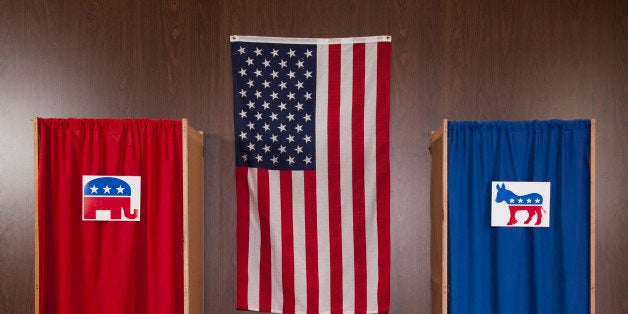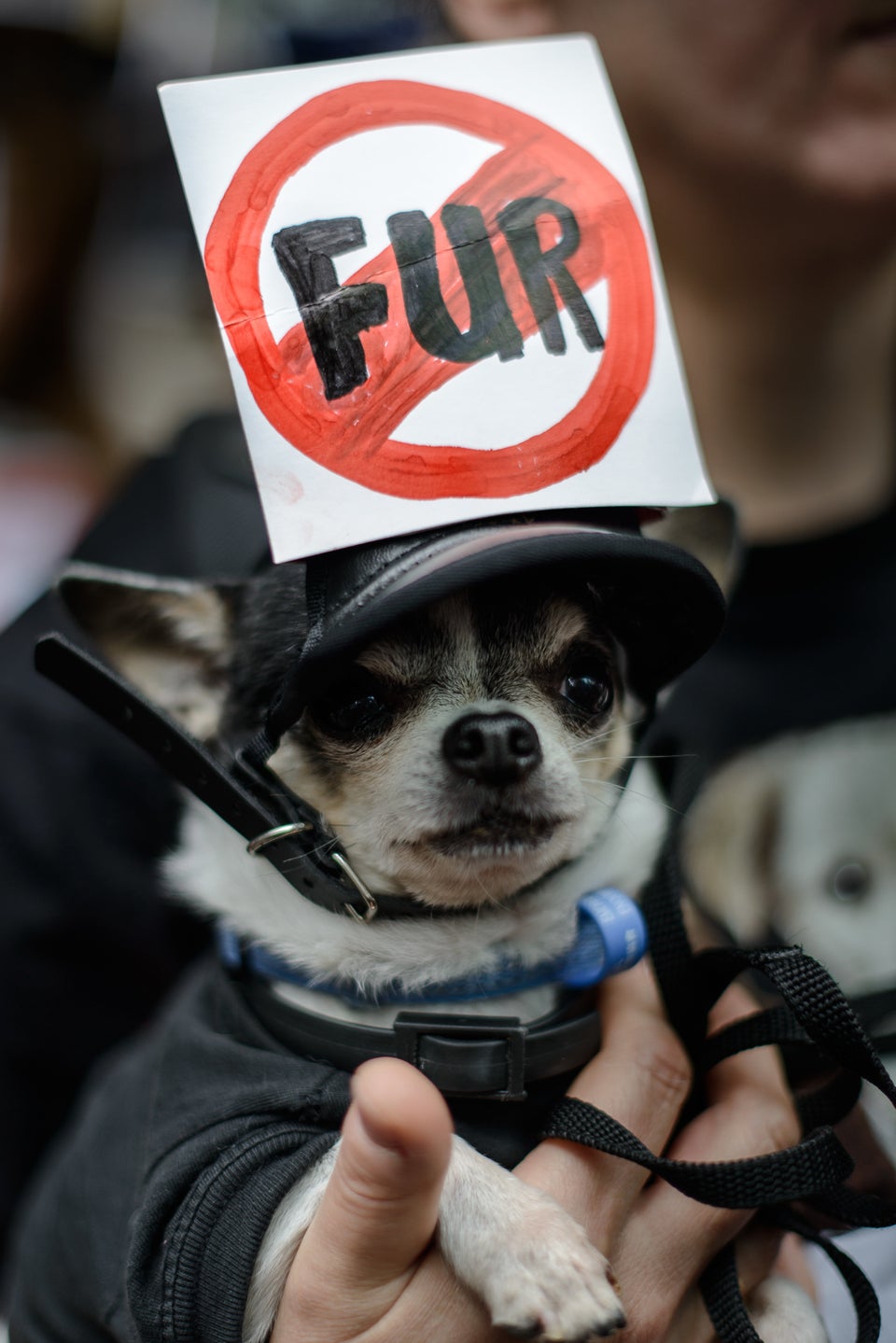
American politics are perhaps more polarized than at any time in recent history. That doesn't mean, however, that either side is anything close to united. Those on the right and the left are ideologically fractured, a new Pew Research report finds, with the majority in the middle "unified by frustration with politics and little else" and posing challenges to both parties as they try to craft election messaging, build coalitions and motivate infrequent voters.
The report divides the American public into eight groups, many of which defy the traditional liberal/conservative boundaries. Of those, the three most consistently partisan are also the most over-represented in the political sphere, making up just a combined 36 percent of the public, but 57 percent of the politically engaged Americans who regularly vote and pay attention to the news.
Which group are you in? Take the quiz here.
The Republican base, according to the report, is anchored by two groups with very different priorities: "Steadfast Conservatives" and "Business Conservatives." Both groups dislike President Barack Obama and mistrust government intervention. But while the Steadfast Conservatives are strongly anti-immigration and opposed to homosexuality, as well as generally isolationist, their business-friendly compatriots mostly embrace immigration, tolerate homosexuality and believe the U.S. can solve world problems. Business Conservatives, unsurprisingly, are also far more sympathetic toward Wall Street.
The Democrats' most loyal voters are just one bloc: "Solid Liberals," who lean consistently to the left on most issues and reliably turn out on Election Day.
But the left also needs outreach to two groups who aren't in ideological lockstep: the young "Next Generation Left," which is socially liberal but less likely to support a strong social safety net, and the strongly religious "Faith and Family Left," which supports federal programs but is more socially conservative. Both are significantly less likely to be politically engaged.
Two more groups of even less frequent voters -- "Young Outsiders" and "Hard-Pressed Skeptics" -- fall closer to the center of the spectrum and don't particularly like either party. The former lean Republican thanks to their antipathy to government spending but are younger, more diverse and far more socially liberal than the GOP stalwarts. The latter share their support for federal programs with the Democrats but dislike Obama and the Affordable Care Act. A final group of young "Bystanders" rarely engages in politics at all.
Much about the political landscape is not new. Pew, which has been reporting on typologies since 1987, says social issues have long fractured both parties. Pro-business conservatives have typically been more socially liberal than their religious counterparts, while religious liberals are much less accepting of homosexuality and abortion than are others on the left. The latest study, however, finds the influence of New Deal Democrats largely dissipated, replaced by younger, more economically conservative voters. On the right, "Pro-Government Conservatives," the hawkish, socially right-wing voters who helped elect President George W. Bush, have given way to the more libertarian Young Outsiders, who are socially liberal but wary of government intervention at home or abroad.
Pew surveyed 10,013 adults by phone Jan. 23 to March 16, calling both landlines and cell phones, and reached an additional 3,308 adults through a panel between March and May. Read the full report here.

